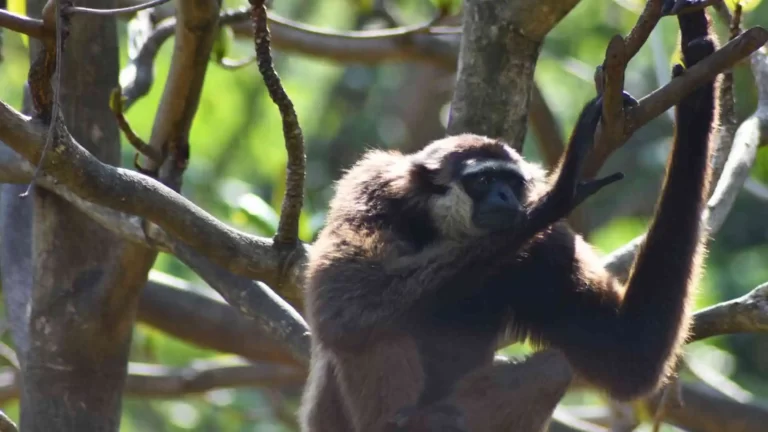Admin / 18 – December -2023 – The 7 Most Rare Animals Native to Indonesia
Indonesia has one of the largest forests in the world, so Indonesia is rich with a variety of natural charms, ranging from flora to fauna.
Based on the data, there are more than 350,000 species of fauna consisting of 250,000 insects, 2,500 species of fish, 1,300 species of birds, 2,000 species of reptiles, 1,000 species of amphibians, 80 species of mammals, and the rest are invertebrates or animals that do not have a backbone.
Unfortunately, due to the shrinking forest land aka deforestation, many types of fauna in Indonesia are now threatened with extinction. According to the IUCN (International Union for Conservation of Nature and Natural Resources) report, there are at least 1,200 more endangered species.
So, here are 7 rare animals that make us amazed, maybe some of us have never seen them directly:
1. Komodo Dragon

Komodo dragons are the largest lizard in the world, growing up to 3 meters and weighing around 70 kg. Komodo dragons are characterized by their large body and head, long tail, scaly skin, and sharp claws. Its habitat is only on Komodo Island, Flores, East Nusa Tenggara (NTT), and surrounding areas. Unfortunately, the Komodo dragon population is declining. One of the causes is humans destroying their habitat and illegally hunting them to trade them on the international market. Currently, BTNK (Komodo National Park Center) says that the remaining Komodo dragon population in Indonesia is around 3,033 (2021 data).
2. Kedih

Maybe many of us have never heard of an animal called Kedih. Kedih is a primate from the island of Sumatra. Kedih has a body with monochrome or black and white hair color and a cute crest. Unfortunately, the number of Kedihs continues to decline and according to the IUCN, this animal is categorized as vulnerable to extinction. Kedih can be found in the Gunung Leuser National Park, Aceh.

The Javanese eagle is endemic to Java Island and is the top predator in the food chain cycle. This bird is unique in that when it grows up, the female Javanese eagle’s body is more muscular than the male Javanese eagle’s body. The eagle, whose Latin name is Nisaetus bartelsi, usually only lays 1-2 eggs per year and likes to live on mountain slopes, such as in Mount Halimun Salak National Park (West Java) or Bromo Tengger Semeru National Park (East Java).
4. Javan Gibbon

The Javan gibbon is a primate that has a habitat in Ujung Kulon National Park (Banten) and areas around West Java such as Mount Halimun, Mount Salak, and Mount Gede Pangrango National Park. When its mate dies, the Javan gibbon will not look for another mate for the rest of its life. The Javanese gibbon or Hylobates moloch is a type of gibbon species that is only distributed in Java and is one of the rarest in the world.
5. Cendrawasih

Cendrawasih or Birds of Paradise consist of several genus and species, namely 14 genus and 43 species. There are 30 species of Cenderawasih that can still be found in Indonesia, 28 species are from Papua and the other 2 species are in the Maluku and Halmahera Islands. The characteristic of this bird is the long feathers and color patterns that grow on the wings, head, and beak. This bird, nicknamed the “Bird of Paradise”, was famous in 1522 for its beautiful plumage. Until the 19th century, this bird was still hunted by many people for its feathers. However, over time, people began to realize that the population of Birds of Paradise is decreasing and must be protected.
6. Peacock

The Peacock, which is known as a “proud animal” thanks to the beauty of its wing feathers, is included in the list of endangered animals by the IUCN. The beauty of its wing feathers with colors of blue, gold, red, and others makes anyone who sees it must be stunned. According to various sources, there are only around 10,000-20,000 adult peacocks left in Indonesia. One of the main reasons this animal is endangered is poaching and illegal trade.
7. OrangUtan

The three species of orangutans, namely Borneo, Sumatra, and Tapanuli, all have the status of “critically endangered” by the IUCN in the 2016 Red Data List. This extinction threat stems from hundreds of years of poaching, with massive deforestation and climate change being the biggest factors. For the remaining population, the Bornean Orangutan (Pongo pygmaeus) has around 45,000 individuals spread across 29 metapopulations divided into 3 sub-species.
